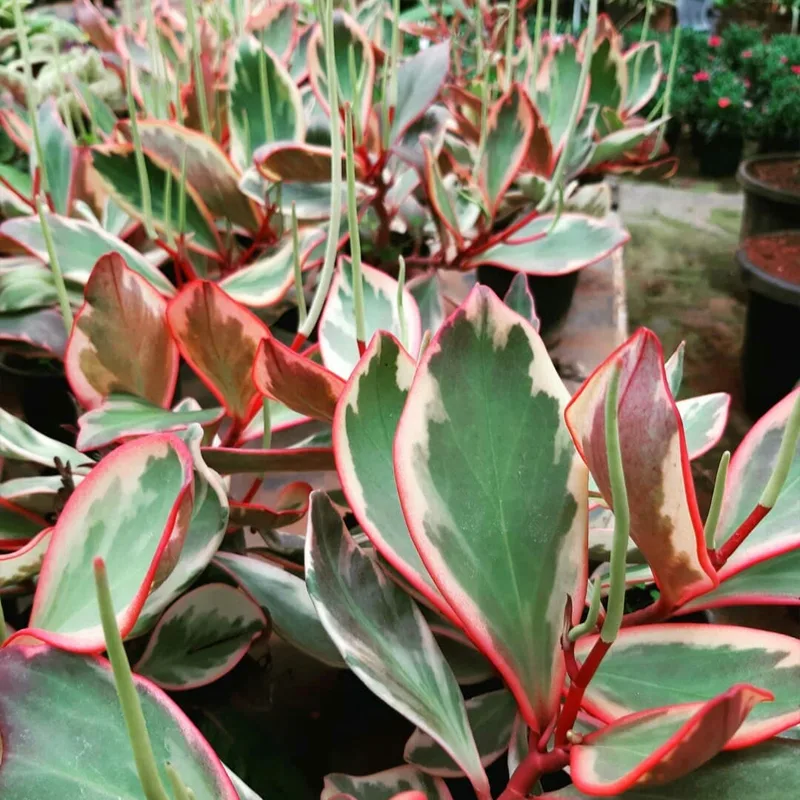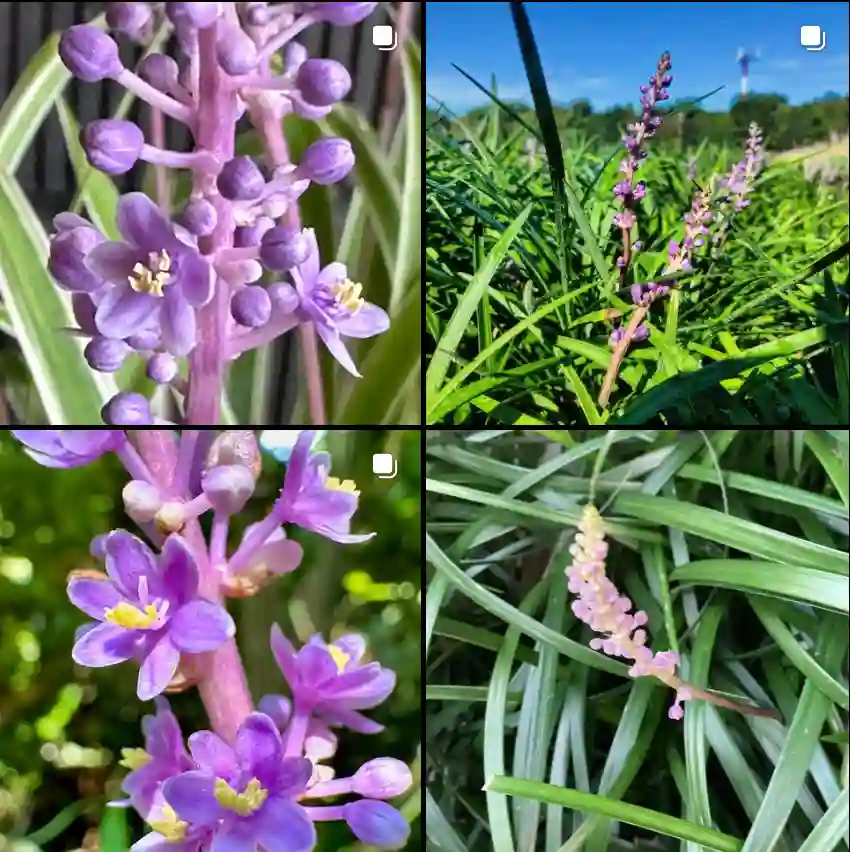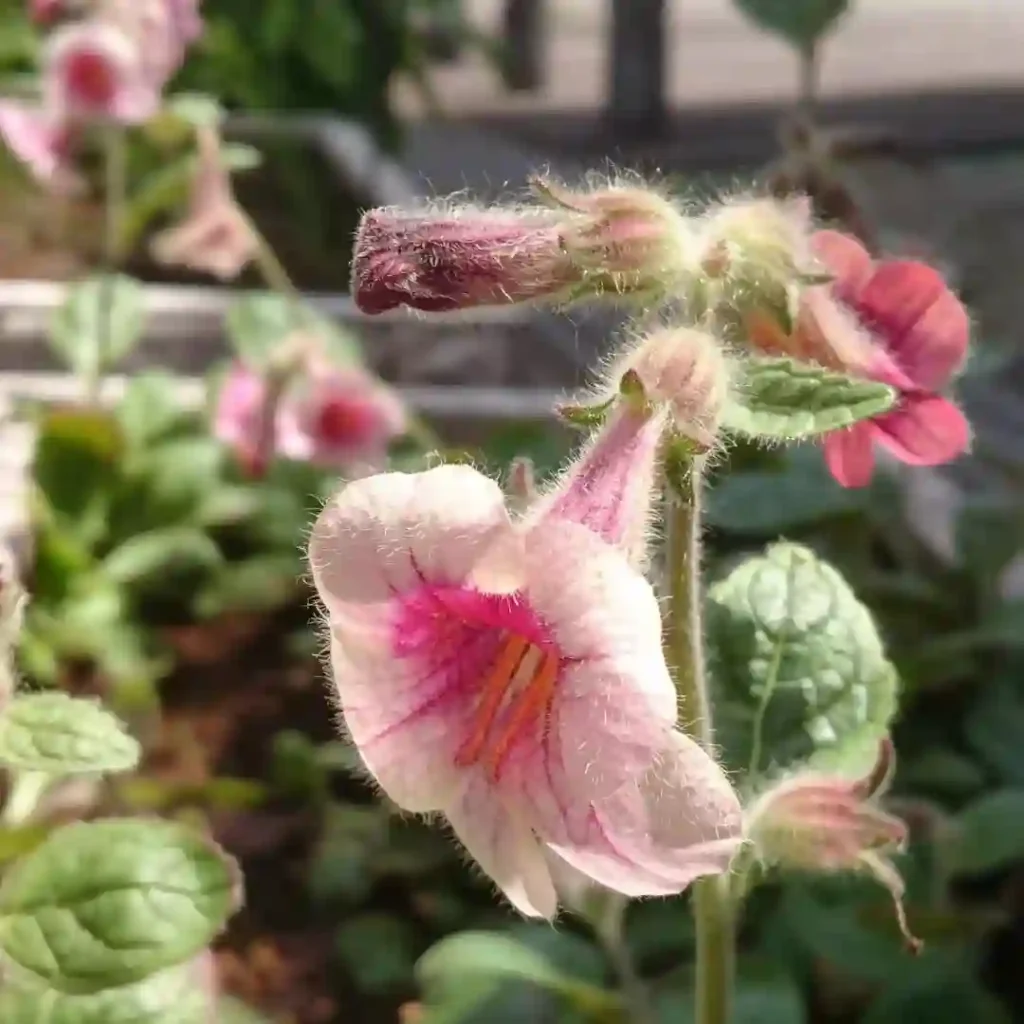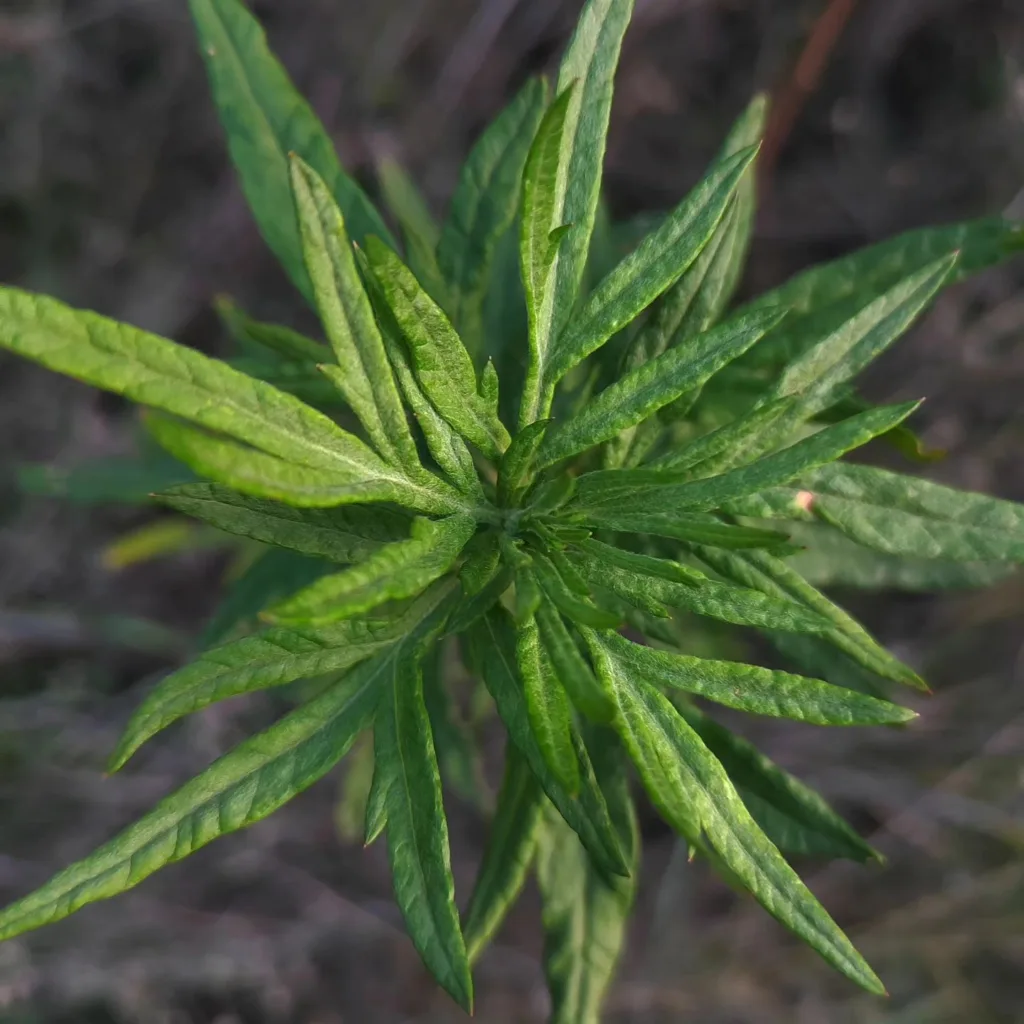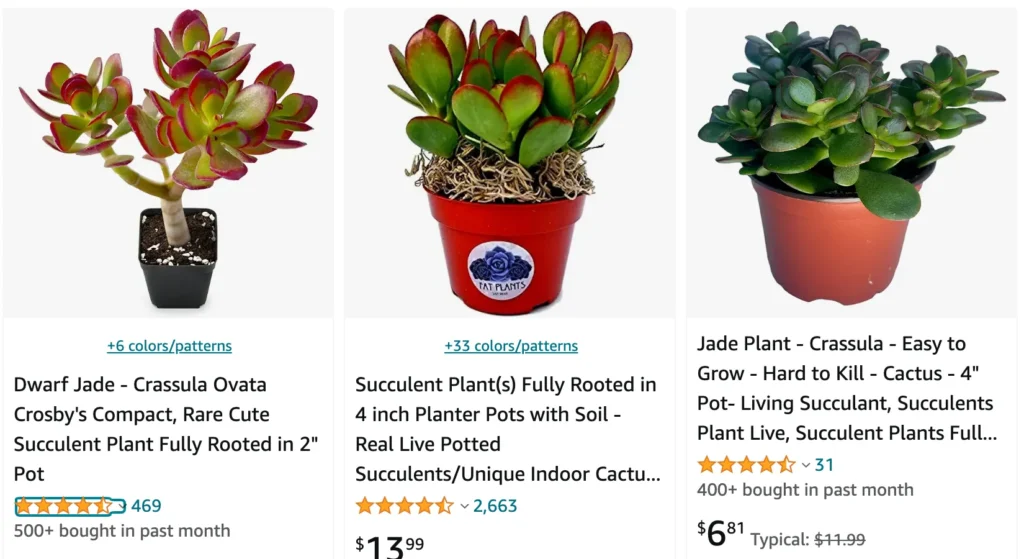
Crassula Ovata – Jade Plant: A Personal Journey
The Crassula ovata, more commonly known as the Jade Plant, has long been a staple in my plant collection. Its lush green, glossy leaves and charming, tree-like structure drew me in at first sight. Over time, this succulent has become more than just a decorative addition to my home—it’s a symbol of resilience, abundance, and a deep connection to nature.
220 Species in Genus Crassula
First Encounter with the Jade Plant
My journey with the Jade Plant began a few years ago during a visit to a local nursery. Amid a sea of greenery, the Crassula ovata stood out with its vibrant, fleshy leaves that glistened in the sunlight. The thick, woody stems gave it a miniature tree-like appearance, and I immediately felt a sense of calm as I admired its beauty.
It didn’t take long for me to decide to bring one home. Little did I know, this humble succulent would teach me more about plants—and myself—than I ever expected.
Symbolism and Superstitions
The Jade Plant is steeped in cultural significance. Known as the “Money Tree” in Feng Shui, it’s believed to attract wealth and prosperity. I’ll admit, while I’m not particularly superstitious, there’s something comforting about having a plant associated with good fortune sitting near my desk.
Over time, I’ve noticed how its presence seems to energize my workspace. Whether it’s the symbolism or the sheer vibrancy of its green leaves, the Jade Plant exudes positivity.
Challenges and Triumphs
Despite its reputation as an easy-to-care-for succulent, I’ve faced a few challenges with my Jade Plant. Overwatering during my early days of plant care led to a near-disaster, with the leaves turning soft and translucent. I quickly adjusted my watering schedule, and the plant bounced back beautifully.
Another learning moment came when I noticed a white, cotton-like substance on the leaves—mealybugs had invaded. Armed with a cotton swab dipped in rubbing alcohol, I painstakingly cleaned each leaf. That experience taught me patience and vigilance in plant care.
A Growing Bond
As my Jade Plant grew, I began experimenting with propagation. Snipping a healthy stem and letting it callous before planting it in fresh soil felt like creating something new. Watching the cuttings develop roots and thrive on their own was incredibly rewarding. It’s a testament to the plant’s resilience and ability to thrive even under challenging conditions.
Today, my home is adorned with multiple Jade Plants, each with its unique shape and personality. Some are tall and tree-like, while others remain compact and bushy.
Relevance to Modern Living
In today’s fast-paced world, the Jade Plant feels like a gentle reminder to slow down and appreciate life’s simpler pleasures. Its low-maintenance nature makes it ideal for urban dwellers or anyone new to plant care. Moreover, its air-purifying qualities add to its appeal, making it both a beautiful and functional addition to any space.
FAQs
Crassula Ovata Gollum vs Hobbit
Between Crassula Ovata Gollum and Hobbit, I find the Gollum’s unique tubular leaves more fascinating, as they remind me of little green fingers reaching for the sunlight, whereas the Hobbit’s curled leaves are charming but less striking to me.
Crassula Ovata vs Portulacaria Afra
I enjoy the sturdy, tree-like presence of Crassula Ovata in my garden, but Portulacaria Afra wins me over with its vibrant, smaller leaves and faster growth, which quickly fills in bare spots in my succulent arrangements.
How to propagate jade plant?
I love propagating my jade plant! It’s honestly one of the easiest and most satisfying houseplant experiences. You can do it with either stem cuttings or individual leaves. I prefer stem cuttings because they seem a bit quicker and more reliable for me. I just snip off a healthy stem, let the cut end dry for a couple of days, and then stick it into some well-draining cactus mix. A few weeks later, I’ll have a whole new baby jade plant! If you’re feeling adventurous, you can even try water propagation where you let the cutting root directly in water before planting.
Is jade plant toxic to cats?
Unfortunately, yes, jade plants are considered toxic to cats. I had a scare a few years back when my mischievous kitty decided to take a nibble of my jade. Luckily, he only had a bit of an upset tummy, but it definitely taught me to keep my plants well out of his reach. It’s better to be safe than sorry – cats can be unpredicatable! If you have a cat at home, it might be best to switch to cat-friendly plants or find a spot to hang your jade where those little paws can’t get to it.
How often to water a jade plant?
I used to get really anxious about watering my jade – I was terrified of overwatering it! But I’ve learned that these plants are pretty forgiving as long as you don’t overdo it. My rule of thumb is to give the soil a good, deep soak and then basically forget about it until the top few inches feel completely dry to the touch. This usually ends up being about every two or three weeks for me, but it can vary based on how much light your plant gets and the time of year. Just remember, it’s always better to err on the side of underwatering with a jade plant.
How to repot jade plant?
I find repotting my jade plant oddly satisfying. It usually means it’s grown big and healthy, which is always a win in my book! I try to repot mine every two or three years, going up just a pot size or two at a time in a pot with good drainage. The trickiest part is getting it out of its old pot – I usually have to wiggle it around a bit. I give the roots a gentle shake to remove old soil and take a look for any damaged spots that need trimming. Then, I place it in the new pot, fill it with fresh potting mix, give it a good watering, and watch it thrive!
Why is my jade plant drooping?
Honestly, I’ve had my fair share of droopy jade plant mishaps. It can be a bit worrying! Usually, it’s either a matter of overwatering or underwatering. If the soil feels soggy, I know I’ve been a bit too eager with the watering can. I’ll let it dry out completely before watering again. On the other hand, if the soil is bone-dry and the leaves feel a bit soft or wrinkled, it’s time for a nice deep drink. Sometimes, insufficient light can make it droopy too, so it’s worth checking its location. It can take a bit of experimenting, but once you get to know your plant, you’ll figure out what it needs!
Why is my jade plant turning red?
My jade plant’s turning red leaves have me scratching my head sometimes! There are a couple of things it could be. If it’s just the tips that are a bit rosy, it might be getting a tad too much direct sun. I might try moving it back from the window a bit and see if that helps. However, if the whole leaves are turning red, it could be stressed from something else, like cold weather if there’s been a sudden temperature dip. Another possibility is that it’s thirsty! Jade plants store water in their leaves, so sometimes a good soak and some neglect (in the watering sense!) can bring that green color back.
Why is my jade plant dying?
Oh no, this is the worst feeling! Seeing my once-thriving jade plant start to decline is heartbreaking. The most common culprit for me has been overwatering, especially during the winter months when the plant needs less. Those sneaky root rot symptoms can take a while to show up. If I suspect that’s the issue, I’ll unpot the plant, check for mushy roots, and repot into fresh, dry soil. Sometimes the damage is too severe to recover from, but I’ll always try and save the plant if I can. Other things to consider are whether it’s getting enough light or facing any pests or diseases. It’s a bit of a detective game trying to figure out what’s wrong, but hopefully, I can get it back to its healthy self!
Is a jade plant poisonous to dogs?
Unfortunately, yes, jade plants are considered toxic to dogs too. I always make sure to keep mine out of reach from my furry friend. While they might not be as interested in houseplants as cats are, some dogs can be curious nibblers. Luckily, most cases of jade plant poisoning cause mild symptoms like vomiting and lethargy, but it’s definitely not worth the risk. If you have a dog, I’d recommend keeping this plant well away or switching to dog-friendly options just in case.
Why is my jade plant falling over?
My jade plant can get a bit dramatic sometimes, suddenly deciding to topple over! This usually happens when it gets really top-heavy. Since those thick leaves hold a lot of water, they can put a lot of strain on the stem if the plant gets too tall and leggy. Sometimes if I ignore it for too long, the whole thing goes “timber!”. I usually end up taking cuttings to propagate, giving the mother plant a good trim down so it’s more balanced. It bounces back quickly and I end up with even more jade plants – not the worst outcome!
Can i put my jade plant outside in the summer?
Absolutely! I love giving my jade plant a little summer vacation outdoors. They really seem to thrive with the extra sunlight and warmth. I’m careful to introduce it gradually, though. I start by putting it in a shaded spot for a few days and slowly move it into brighter areas – you don’t want those leaves to get sunburned! I also keep an eye on the watering since the soil dries out much faster outside. By the end of summer, it always looks lusher and fuller than ever, ready to come back inside for the cooler months.
How cold can a jade plant tolerate?
While jade plants are pretty resilient, they really don’t like the cold much. I’ve learned to be cautious when temperatures start to dip. Anything below 50°F (10°C) can stress them out, and frost is a big no-no. I usually bring mine back indoors well before the first hint of frost. If I forget and there’s a sudden chilly night, I sometimes see signs of cold damage on the leaves, like mushy spots or discoloration. It’s best to err on the side of caution with these guys!
Why does my jade plant have white spots?
Those white spots on your jade plant can be a bit of a head-scratcher at first! There are actually a couple of reasons why they might appear. The most common culprit for me is mineral buildup from watering with tap water. If the water is hard, it can leave those white deposits on the leaves as it evaporates. Switching to filtered or rainwater usually clears things right up. Another possibility is something called mealybugs, which are tiny white insects that suck the sap out of plants. These little guys tend to cluster around the stems and leaves, and you might even see some webbing. If you suspect mealybugs, you’ll need to treat the plant with insecticidal soap or neem oil to get rid of them.
Can you eat jade plant?
While they might look tempting, it’s definitely best not to eat a jade plant. They’re considered mildly toxic to both humans and animals. While the consequences of nibbling on a leaf aren’t usually super serious, it can cause some unpleasant symptoms like vomiting and diarrhea. I love my jade plants, but I much prefer to admire them rather than taste them!
How to bonsai jade plant?
Bonsaing a jade plant is such a rewarding project! I love the way they transform into miniature trees. It takes a bit of patience and practice but is well worth the effort. The key is to start with a jade plant with a thick trunk, or you can grow your own from a cutting if you don’t mind waiting a few years. I like to prune mine regularly to encourage branching and give it that classic bonsai shape. Repotting every couple of years and using a well-draining bonsai soil mix helps create that compact, gnarly look. There’s a bit of wiring involved with shaping the branches, but I find the whole process quite relaxing!
Closing Thoughts
The Crassula ovata is more than just a plant—it’s a companion. Its journey from a small cutting to a thriving part of my home reflects the cycles of growth and change in my life. Every time I water it, reposition it to catch the sun, or propagate a new plant, I’m reminded of the importance of care, resilience, and adaptability.
If you’re looking for a plant that’s easy to care for, aesthetically pleasing, and steeped in symbolism, I wholeheartedly recommend the Jade Plant. It’s a timeless classic that has brought joy, tranquility, and a touch of green magic into my life.
Whether you’re a seasoned plant enthusiast or just starting your green journey, the Crassula ovata is a plant worth having. For me, it’s more than just greenery—it’s a lifelong connection to the beauty of nature.
If i die, water my plants!
